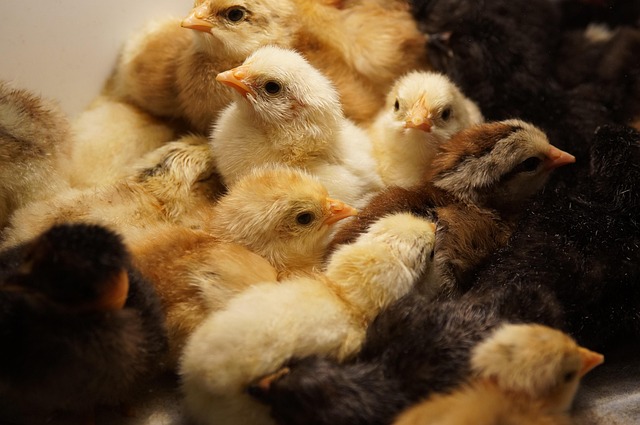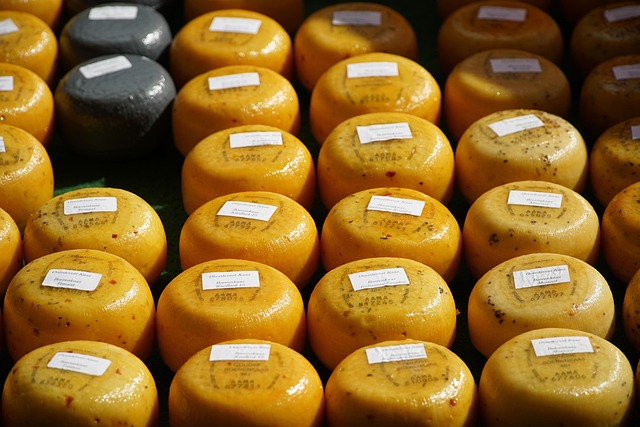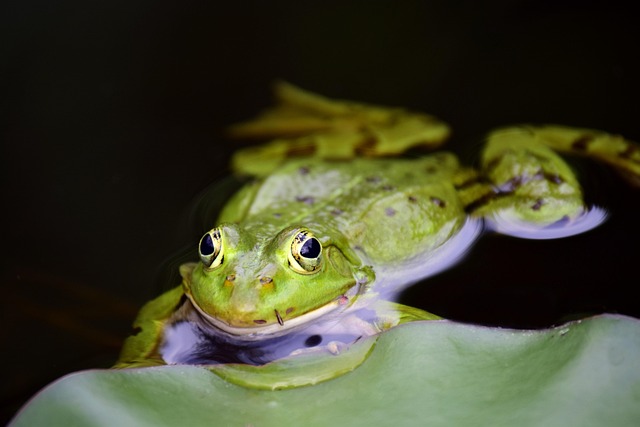
Brooding Amphibians: The Secret Lives of Amphibian Parents
Brooding Amphibians: The Secret Lives of Amphibian Parents
In the vast realm of nature, few creatures exhibit the profound dedication of amphibian parents as they nurture and protect their broods. These fascinating beings, which include frogs, toads, and salamanders, often perform remarkable feats to ensure the survival of their young. As we delve into their secret lives, we uncover stories of resilience, sacrifice, and the extraordinary lengths these parents go to for the sake of their offspring.
Unlike many animals, amphibians boast a diverse array of breeding strategies. While some species lay thousands of eggs in water, leaving them to fend for themselves, others exhibit extraordinary parental care. For instance, the Surinam toad not only carries its eggs on its back but also nurtures them within pockets of skin, allowing them to develop into tadpoles safely. This unique form of brooding offers a glimpse into the selfless nature of amphibians, as they prioritize the safety of their brood above all else.
In the lush rainforests, the pebble toad demonstrates another captivating brooding behavior. The male takes on the critical task of guarding the female’s eggs, keeping them safe from predators. His vigilance is a testament to the strong bond that exists between amphibian parents and their young. Interestingly, some species even form small nurseries, where several parents collaborate to protect their broods, creating a sense of community amidst the wild.
The brooding habits of amphibians reveal not just their survival instincts, but also an intrinsic connection to the environment. Many species are sensitive to environmental changes, meaning that their parenting strategies can serve as indicators of ecosystem health. As habitats undergo shifts due to climate change or human interference, the future of these amphibious parents and their broods hangs in the balance.
Understanding the complex lives of amphibian parents adds depth to our appreciation of these creatures. Their nurturing behaviors remind us of the intricate relationships within the animal kingdom and the myriad ways in which life adapts to thrive. Whether it’s the protective embrace of the Surinam toad or the vigilant watch of the pebble toad, amphibian parenting is a captivating aspect of nature that resonates deeply with our own experiences of care, protection, and love for our families.
As we reflect on these incredible amphibians, we are reminded of our own responsibilities and the importance of protecting the habitats that allow these unique families to thrive. The bond between amphibian parents and their broods serves as a powerful reminder of the beauty of nature, urging us to cherish and preserve it for future generations. After all, the secrets of their lives enrich our understanding of the world around us and inspire us to foster connections, whether within our families or the broader ecosystems we inhabit.



